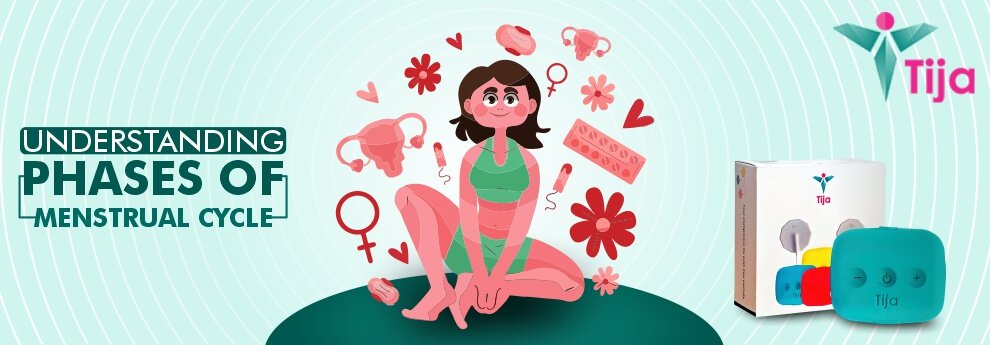Understanding the phases of your menstrual cycle can empower you to take charge of your reproductive health. From the initial days of menstruation to ovulation and beyond, each phase plays a crucial role in your body’s natural rhythm.
Let’s explore the four main phases of the menstrual cycle:
1. Menstruation (Days 1-5):
The menstrual phase marks the beginning of your cycle, typically lasting around 3 to 7 days. During this time, your body sheds the uterine lining through the vagina, resulting in menstrual bleeding. While menstruation can vary in flow and duration for each individual, it’s a natural process that prepares your body for the possibility of pregnancy.
2. Follicular Phase (Days 1-14):
Following menstruation, the follicular phase begins. This phase is characterized by the development of follicles in the ovaries, each containing an immature egg. As the follicles grow, they release estrogen, a hormone that stimulates the thickening of the uterine lining in preparation for potential fertilization. Additionally, follicle-stimulating hormone (FSH) levels rise, prompting the ovaries to produce more eggs.
3. Ovulation (Around Day 14):
Ovulation marks the midpoint of your menstrual cycle and occurs approximately 14 days before the start of your next period. During ovulation, a mature egg is released from one of the ovaries and travels down the fallopian tube, where it awaits fertilization by sperm. This phase is characterized by a surge in luteinizing hormone (LH), which triggers the release of the egg. Ovulation is considered the most fertile phase of the menstrual cycle, making it an optimal time for conception.
4. Luteal Phase (Days 15-28):
Following ovulation, the luteal phase begins. During this phase, the ruptured follicle transforms into a structure called the corpus luteum, which releases progesterone. Progesterone helps maintain the thickened uterine lining and prepares the body for potential pregnancy. If fertilization does not occur, hormone levels decline toward the end of the luteal phase, signaling the start of menstruation and the beginning of a new cycle.
Read also: Guide for Fathers on Understanding Menstruation
Understanding the phases of your menstrual cycle can help you track your fertility, anticipate changes in your body, and identify any irregularities that may warrant further evaluation. By tuning into your body’s natural rhythm, you can empower yourself to make informed decisions about your reproductive health and overall well-being.



